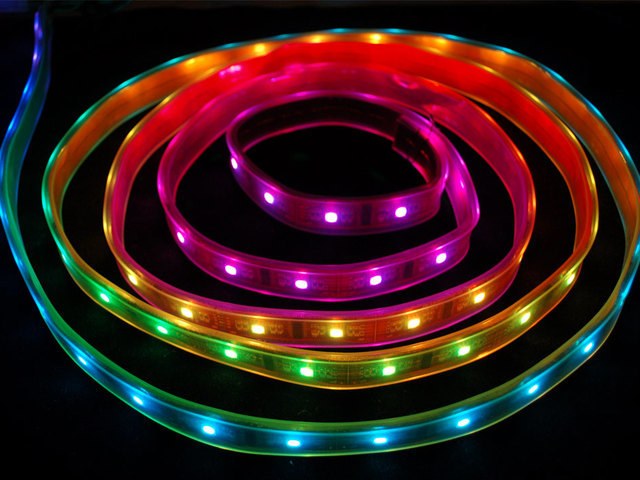
In the realm of modern agriculture, where innovation meets sustainability, LED grow lights have emerged as a transformative technology, revolutionizing the way crops are cultivated. This blog post aims to shed light on the fundamentals of LED grow lights, exploring their principles, benefits, and the pivotal role they play in shaping the future of farming.
1. Understanding LED Grow Lights
LED, or light-emitting diode, grow lights are artificial lighting systems designed to provide plants with the specific spectrum of light needed for photosynthesis and optimal growth. Unlike traditional lighting sources such as incandescent or fluorescent bulbs, LED grow lights offer precise control over the light spectrum, intensity, and duration, allowing farmers to tailor lighting conditions to the needs of different crops.
2. Principles of LED Grow Lights:
a. Light Spectrum Control: LED grow lights can be customized to emit specific wavelengths of light that correspond to the absorption peaks of chlorophyll and other pigments in plants. This enables growers to optimize light conditions for different stages of plant growth.
b. Energy Efficiency: LED grow lights are highly energy-efficient, converting a significant portion of electrical energy into usable light. This efficiency results in lower electricity consumption and reduced heat generation compared to traditional lighting systems.
c. Longevity: LED grow lights have an extended lifespan, often lasting tens of thousands of hours. This longevity reduces the frequency of bulb replacements, lowering maintenance costs for farmers.

3. Benefits of LED Grow Lights:
a. Energy Efficiency and Cost Savings: LED grow lights consume less electricity and produce less heat than traditional lighting, leading to reduced energy costs. The long lifespan of LEDs further contributes to overall cost savings.
b. Customizable Light Spectra: LED technology allows growers to fine-tune the light spectrum to match the specific needs of different crops. This customization promotes optimal growth, flowering, and fruiting throughout various stages of plant development.
c. Reduced Heat Emission: Unlike traditional lighting sources that emit a significant amount of heat, LED grow lights produce minimal heat. This is advantageous in indoor or vertical farming setups where excessive heat can be detrimental to plant health.
d. Space Efficiency: LED grow lights can be positioned close to plants without causing damage due to heat. This proximity maximizes space utilization in indoor or vertical farming environments, allowing for efficient use of available space.
e. Reduced Environmental Impact: The energy efficiency of LED grow lights contributes to a lower carbon footprint. Additionally, their longer lifespan and reduced need for replacements result in less waste compared to traditional lighting systems.
4. Applications of LED Grow Lights:
a. Indoor Farming: LED grow lights are a cornerstone of indoor farming, enabling year-round cultivation in controlled environments. Precise control over light conditions is especially beneficial in areas with limited sunlight.
b. Vertical Farming: The space efficiency and low heat emission of LED grow lights make them ideal for vertical farming setups. Vertical farms can stack multiple layers of crops, maximizing production in confined spaces.
c. Greenhouses: LED grow lights supplement natural sunlight in greenhouses, providing consistent and optimized lighting conditions. This is particularly useful in regions with seasonal variations in sunlight.
5. Technological Advancements:
Ongoing advancements in LED technology continue to enhance the capabilities of grow lights. Smart lighting systems equipped with sensors and automation are becoming more prevalent, allowing growers to monitor and adjust lighting conditions remotely. These innovations contribute to increased efficiency and precision in crop cultivation.
LED grow lights have emerged as a beacon of innovation in modern agriculture, offering energy-efficient, customizable, and space-efficient solutions for crop cultivation according to this article from Guided To. As the world faces the challenges of feeding a growing population while minimizing environmental impact, LED grow lights illuminate a path toward sustainable and technologically advanced farming practices. With ongoing research and advancements, the future of farming is undoubtedly brighter, thanks to the transformative power of LED grow lights.





